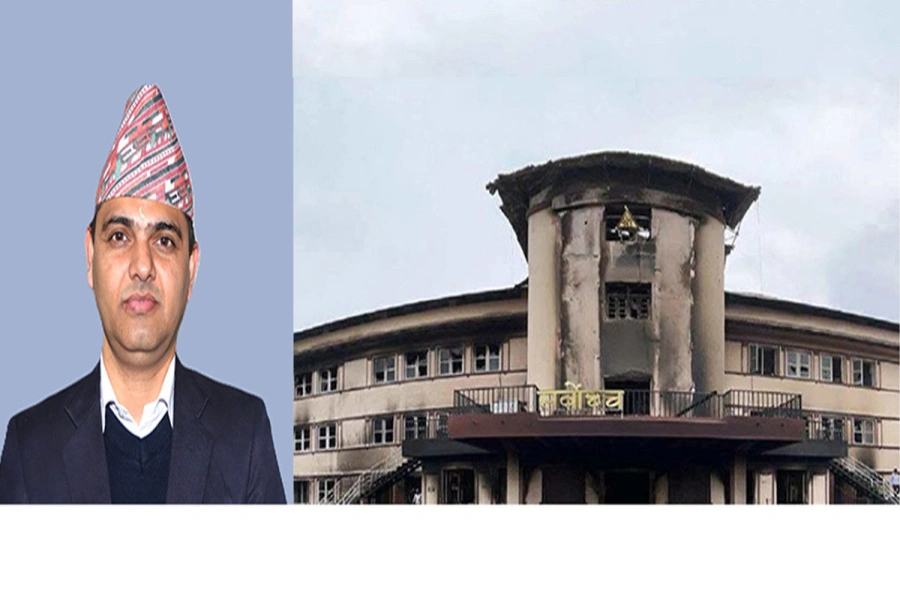If so, the signs haven’t been good. While there were some recorded glacier advancements in the 1970s and early 80s, “the global average annual mass loss of more than half a meter water equivalent during the decade of 1996 to 2005 represents twice the ice loss of the previous decade (1986–95), and over four times the rate of the decade from 1976 to 1985,” the UNEP’s World Glacier Monitoring Services noted in a recent report.[break]
While there has been some debate about how fast the glaciers are retreating and when they might disappear altogether, science has established to a great degree the fact that glaciers are indeed melting due to manmade climate change and the dangerous impact this will have on our ecology and societies. And none will have more adverse impact than the depleting Himalayan glaciers.
“It would be great news if Himalayan glaciers were somehow immune to the worldwide trend,” environmentalist Bill McKibben had replied in an email when asked to comment on skepticism over glacier retreat. “There is, I fear, little chance of escaping the basic operations of physics: warmer temperatures melt ice.”
Melted ice is, of course, water. The Himalayan glaciers are the “Water Towers” of Asia, feeding rivers on which more than 1.2 billion people depend on downstream.

“It is through water that we will first and foremost experience climate change; too much water, too little water, water in the wrong place at the wrong time,” Anders Berntell, head of the Stockholm International Water Institute, had said during last year’s World Water Week. This unpredictability can have devastating consequences.
Lester Brown, the founder of the Earth Policy Institute, has said that the melting glaciers of Asia are the biggest threat to food production the world has ever faced. Rivers that feed off Himalayan glaciers support some of the world’s largest irrigation works: 16.2 million hectares (Indus River), 19.9m ha (Ganges), 5.4m ha (Yangtze), and 2m ha (Yellow River). And according to a recent report, The Himalayan Challenge, Water Security in Emerging Asia, by the Indian think thank, Strategic Foresight Group, depletion of glaciers will cause the Yellow River and the Ganges alone to lose between 15-30% of its water.
“Both India and China will face drops in the yield of wheat and rice anywhere between 30-50% by 2050. At the same time, demand for food grains will go up by at least 20%. As a net result, China and India alone will need to import more than 200-300 million tons of wheat and rice, driving up the international prices of these commodities in the world market,” the report warns.
Regional energy production is at risk, too. An article published in International Centre for Integrated Mountain Development’s (ICIMOD) newsletter notes that because the glaciers are so endangered, hydropower potential based on rivers systems of the eastern Himalayas “could also be severely impacted by climate change.”
Still, extensive data collection and analysis in the Himalayan region remains a challenge to understanding changes in its glacier behavior, and many experts argue that is where increased investments need to be made urgently.
Presented here are images of these magnificent water bodies that are so critical to sustain the world as we know it.
SHIFT for Our Planet: Youths urge authorities to make climate j...




































